Big news is stirring in the crypto world! QuarkChain (QKC), a blockchain project known for its sharded layer-1 network, has just dropped a significant proposal that could fundamentally change its future. The team is putting forward a plan for a major crypto migration, moving from its current standalone architecture to become an Ethereum Layer-2 network built on the powerful Optimism Stack. This isn’t just a technical tweak; it’s a strategic pivot aimed at leveraging the immense strength and ecosystem of Ethereum.
Understanding QuarkChain’s Proposed Ethereum Layer-2 Shift
For those unfamiliar, QuarkChain has operated as its own unique sharded public blockchain. Its design focused on scalability through sharding technology. However, the blockchain landscape is constantly evolving, with Layer-2 solutions on Ethereum gaining significant traction for their ability to inherit Ethereum’s security while offering higher throughput and lower transaction costs.
The core of the proposal involves a complete shift in architecture. Instead of maintaining its own Layer-1 security and consensus, QuarkChain would transition to an Optimistic Rollup framework, settling transactions onto the Ethereum mainnet. This allows the network to process transactions off-chain in batches and post compressed data back to Ethereum, drastically increasing efficiency.
According to the official announcement, the rationale behind this ambitious crypto migration is multi-faceted and directly addresses some of the key challenges faced by standalone Layer-1 networks in the current ecosystem.
Why Migrate to an Ethereum Layer-2 Network?
The decision to propose a move to an Ethereum Layer-2 isn’t arbitrary. It’s driven by several compelling strategic and technical advantages. Here’s a breakdown of the primary motivations:
- Enhanced Security: By settling transactions on Ethereum, QuarkChain would inherit the battle-tested security and decentralization of the Ethereum mainnet. This is a significant upgrade from maintaining security independently, which can be challenging and costly for smaller chains.
- Improved Interoperability: Becoming an Ethereum Layer-2 instantly grants seamless interoperability with the vast Ethereum ecosystem. This means easier interaction with ERC-20 tokens, DeFi protocols, NFTs, and other dApps already thriving on Ethereum.
- Streamlined Developer Experience: The proposal involves adopting EVM (Ethereum Virtual Machine) compatibility. This makes it significantly easier for developers building on Ethereum to deploy their applications on the new QuarkChain network without major code changes, potentially attracting more talent and projects.
- Faster Innovation & Agility: Building on established Layer-2 technology like the Optimism Stack allows teams to focus more on application-level innovation rather than core blockchain infrastructure development. It enables quicker deployment of new features and upgrades.
Think of it like a city deciding to build its new public transport system using established, reliable technology and connecting it directly to the national rail network, rather than building a completely proprietary system from scratch. It leverages existing infrastructure for stability and connectivity.
Leveraging the Power of the Optimism Stack
A key technical detail of the proposal is the adoption of core technologies from the Optimism Stack. The OP Stack is a modular, open-source framework developed by the Optimism team for building highly scalable blockchains (specifically, Optimistic Rollups).
Using the Optimism Stack offers several advantages:
- Modularity: The stack is designed with modularity in mind, allowing projects to customize components as needed.
- Standardization: It provides a standardized way to build Layer-2s, benefiting from shared tooling and best practices.
- Ecosystem Alignment: Building on the OP Stack aligns QuarkChain with a growing family of Layer-2 chains (often referred to as the ‘Superchain’ vision), potentially enabling future shared liquidity and communication between these networks.
This choice suggests QuarkChain is aiming for a robust, well-supported technical foundation for its future as an Ethereum Layer-2.
What Does This Proposed Crypto Migration Mean for QKC Holders?
If the governance proposal passes, there will be significant changes for holders of the QKC token. The current QKC token, which exists across multiple chains (QuarkChain mainnet, ETH, BNB Chain), would be replaced by a new ERC-20 token contract deployed natively on the Ethereum mainnet.
This would likely involve a token swap or migration process where existing QKC tokens are exchanged for the new ERC-20 version. Details of this process would be crucial if the proposal is approved.
Importantly, the proposal includes a community vote. This gives existing QKC holders a direct say in the future direction of the project. Eligibility to vote extends to holders on the ETH network, BNB Chain, and the native QuarkChain mainnet, ensuring broad community participation.
Key Benefits of the QuarkChain Layer-2 Move
Beyond the technical points, what are the tangible benefits for users, developers, and the QuarkChain ecosystem?
Here’s a quick look:
This move positions QuarkChain not as a competitor to Ethereum, but as a scaling solution built directly on top of it, potentially unlocking new use cases and attracting more users and developers who are already comfortable within the Ethereum environment.
Potential Challenges and What to Consider
While the proposed crypto migration offers exciting prospects, it’s essential to consider potential challenges:
- Migration Complexity: Executing a token swap and transitioning an entire network is a complex technical undertaking. Smooth execution is critical.
- Community Acceptance: While the vote is planned, ensuring broad community understanding and support for such a significant change is vital.
- Competition: The Layer-2 space on Ethereum is becoming increasingly competitive with many established and new players. QuarkChain will need to carve out its niche.
- User Adaptation: Existing users familiar with the QuarkChain mainnet will need to adapt to a new network structure and potentially a token swap process.
These are factors the community and core team will need to navigate carefully if the proposal moves forward.
Actionable Insights: Participating in the QKC Community Vote
For anyone holding QKC, the most immediate actionable insight is to prepare for the upcoming governance vote. The vote is scheduled to take place on the Snapshot platform from May 15 to May 22.
Eligibility includes QKC holders on Ethereum, BNB Chain, and the native QuarkChain mainnet. It’s crucial for holders to understand how their tokens on different chains will be accounted for in the voting process and to ensure they are able to connect their wallets to the Snapshot platform during the voting period.
Reviewing the full governance proposal document shared by the QuarkChain team is highly recommended to understand all the details and implications before casting your vote.
The Community Decides: Vote Details
As mentioned, the fate of this proposed QuarkChain migration rests with the community. The vote will be conducted on Snapshot, a widely used platform for decentralized governance, which typically bases voting power on token holdings at a specific snapshot block height.
The voting window is relatively short, running for just over a week. This period from May 15 to May 22 is critical for eligible QKC holders to make their voices heard and shape the future direction of the project.
A Bold Step Towards an Ethereum-Centric Future?
QuarkChain’s proposal to migrate and become an Ethereum Layer-2 built on the Optimism Stack represents a significant strategic shift. It acknowledges the dominance and security of the Ethereum ecosystem and seeks to leverage its strengths rather than building entirely separately. If approved by the community, this crypto migration could unlock new potential for QuarkChain, enhancing its security, interoperability, and ability to innovate within the broader crypto landscape.
The upcoming community vote is a pivotal moment for the project, determining whether it takes this bold step towards an Ethereum-centric future.
To learn more about the latest crypto market trends, explore our article on key developments shaping Ethereum Layer-2s and institutional adoption.
Disclaimer: The information provided is not trading advice, Bitcoinworld.co.in holds no liability for any investments made based on the information provided on this page. We strongly recommend independent research and/or consultation with a qualified professional before making any investment decisions.

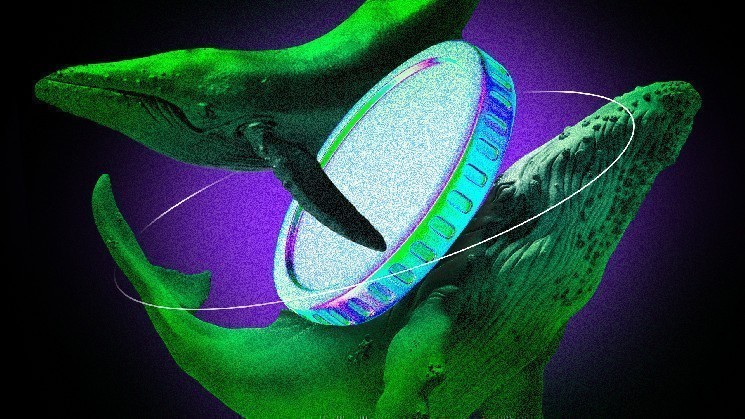
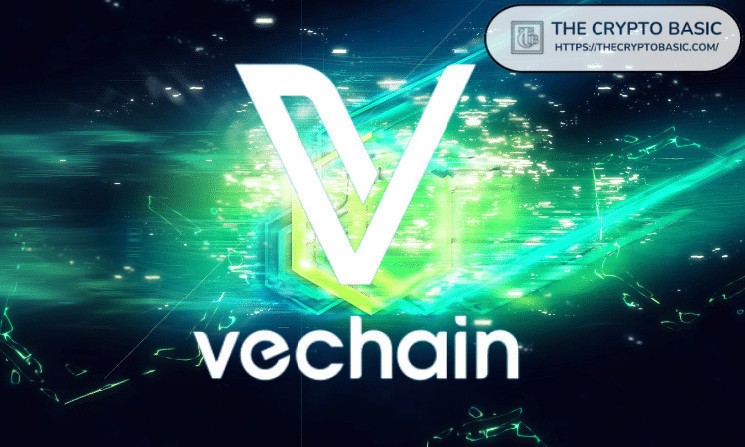


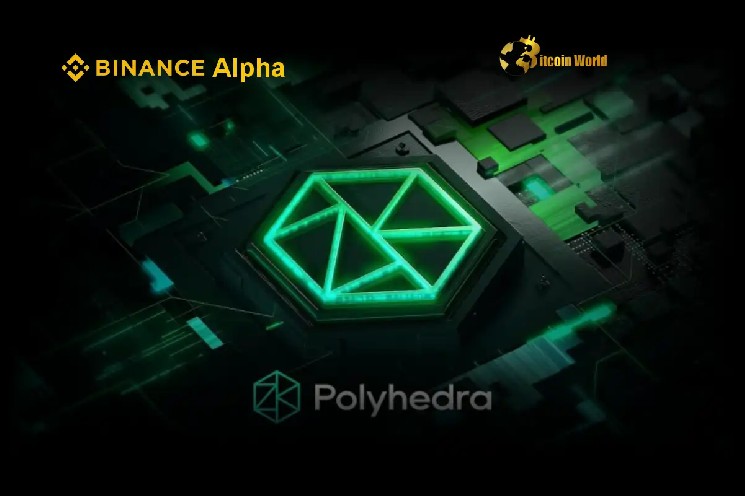
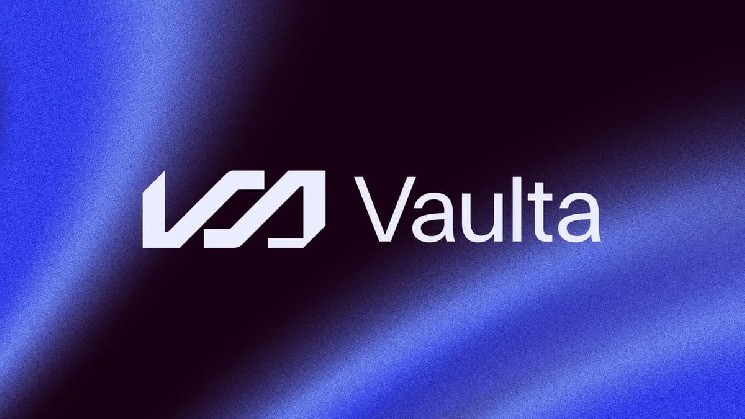




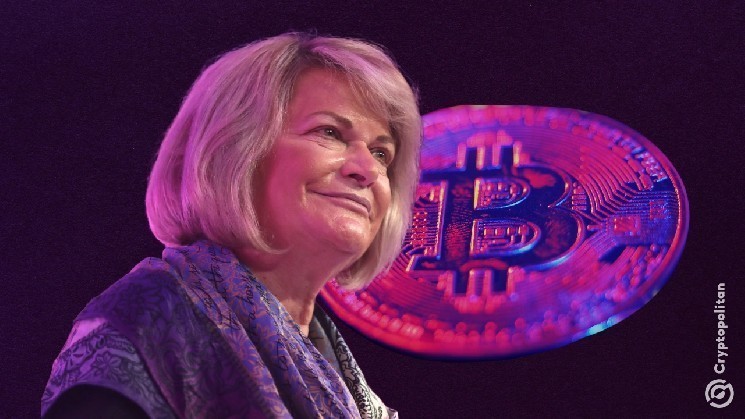
Leave a Reply